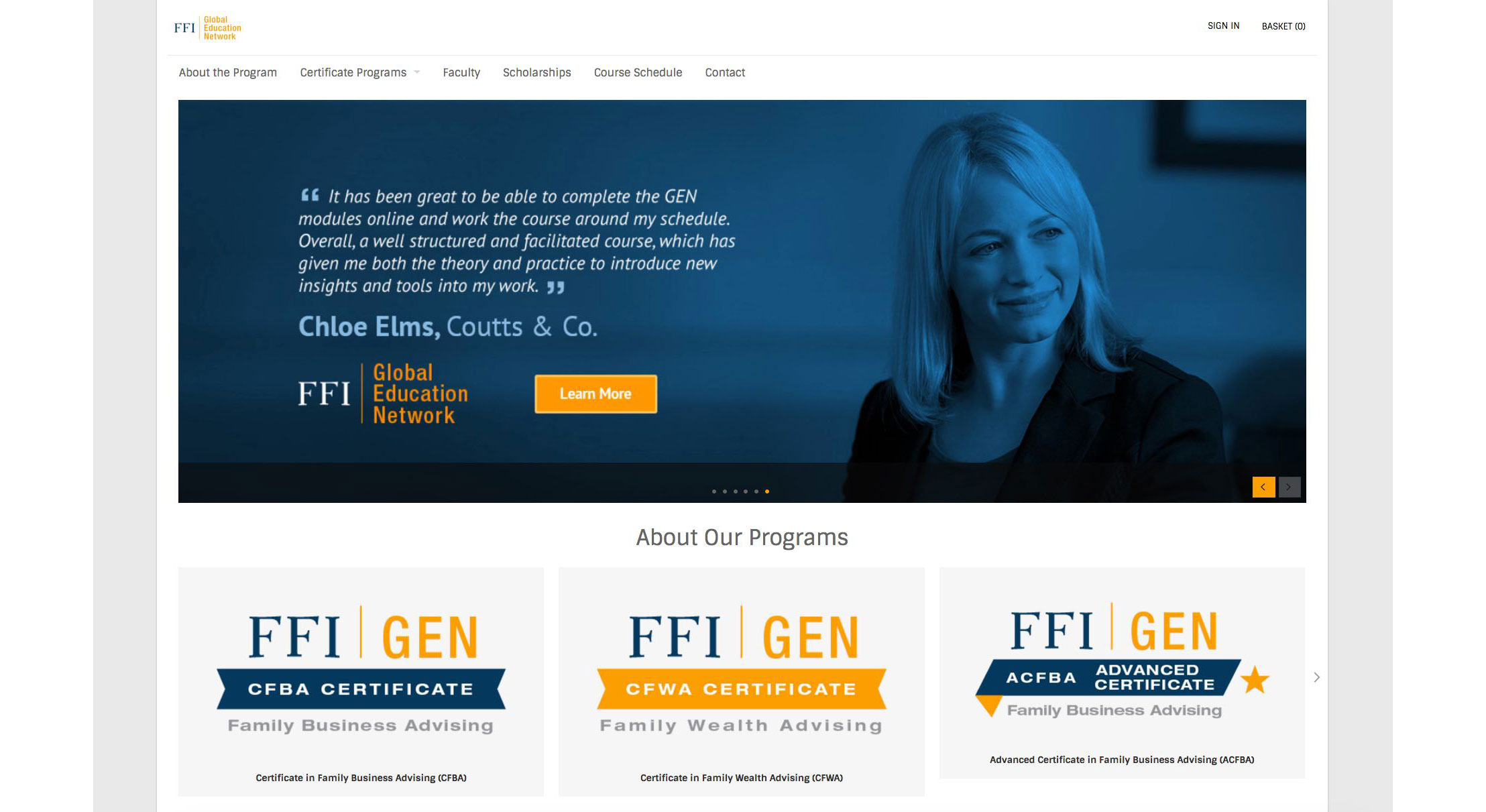Lessons on Governance: Pruning the Tree or Inclusion
For family businesses, there is no one-size-fits-all approach to governance and advisers need to understand each family’s unique values and ownership philosophies before attempting to implement specific governance structures. Thanks to Marta Widz and Benoît Leleux from IMD for illustrating this point by sharing two cases where the family businesses have divergent ownership philosophies but have both excelled in their governance practices.
Family Business Longevity – A Flawed Quest?
Is the pursuit of longevity by family businesses a flawed goal? Almost every practitioner would strongly answer ‘no!” However, for this week’s edition, Asher Noor has decided to adopt the contrarian position in this provocative and Shakespearean inspired piece. Let the play begin!
Advisers for the New Generation: The connector, collaborator, and the co-investor
Thanks to this week’s contributors, Annie Koh and Esther Kong of Singapore Management University for providing a new perspective on how family business advisers can create trust and forge sustainable partnerships with the next generation. Their suggestion? The adviser should play the role of a Connector, Collaborator, and even a Co-Investor.
Announcing the 2018 FFI Global Conference Program
The 2018 Conference Program Committee is pleased to announce a wide-variety of educational sessions for this year’s conference in London.
Increasing Open Innovation in Family Firms
Family firms, like all modern businesses, must depend on growing levels of innovation in order to survive in an increasingly competitive global marketplace. This week, Diogo Cotta and Niklas Rossbach from Maastricht University discuss some alarming trends concerning innovation in family businesses and introduce a research project they’re conducting to learn more about how family businesses approach innovation opportunities.
Research Applied: FBR Précis for FFI Practitioner
In this week’s FFI Practitioner, we are pleased to share a compelling précis of “Nonfamily Members in Family Firms: A Review and Future Research Agenda” – an article that appears in the March 2018 issue of FBR. Thanks to Guido Corbetta of the FBR Research Applied Board for sharing an insightful review of the research’s key findings as well as discussing its practical implications for advisers in the field.
Perceived Self-Interest in the Family Business: An interview with Kirsten Taylor-Martin
For this week’s FFI Practitioner, we are excited to share an interview with Kirsten Taylor-Martin about a major piece of research recently conducted by Grant Thornton. The interview, which includes useful tips and insights for advisers working with next gen family members, was actually conducted by a next gen member of Kirsten’s family - her daughter, Angelina Martin!
Differentiation Through Family Business Brands
Whether or not to highlight the involvement of the family in the business’ branding as a means of differentiating the business from its competition, is a question that confronts many family-owned businesses. In this week’s FFI Practitioner, Isabel Botero and Tomasz Fediuk explore both sides of this issue and share three central aspects of family business branding.
Research Applied: FBR Précis for FFI Practitioner
Thanks to Navneet Bhatnagar of the FBR Research Applied Board for sharing this thoughtful précis of “The Intersection of Family Firms and Institutional Contexts: A Review and Agenda for Future Research” – an article that appears in the March 2018 issue of FBR. The research article and related précis seek to refine the understanding of family firms’ unique interactions with their institutional contexts.
2018 FFI GEN Scholarship Applications Now Being Accepted
Applications for the 2018 Scholarships are now open and must be received by April 15, 2018.
Control of the Dead Hand: A case study
This week, FFI Practitioner addresses estate planning, a topic of perennial importance in the field of family enterprise. Thank you to Ashvini Chopra of Bennett Coleman, for sharing a valuable lesson learned through a case study.
Research Applied: FBR Précis for FFI Practitioner
Thanks to Thomas Schwarz of the FBR Research Applied Board for his thoughtful précis of “Unpacking the Black Box of Family Business Advising: Insights From Psychology” – an article that appears in the March 2018 issue of FBR.
2018 FFI Global Conference Winter Registration Rate Expiring Soon
Special winter rates for FFI members to register for the 2018 FFI Global Conference in London will expire at Midnight Eastern on March 21, 2018.
Giving Hidden Champions Their Due Recognition
Thanks to Nick Moody of Campden Wealth for this week’s article on Hidden Champions, in which he provides examples of typical family business enterprises that drive the world’s economies, but are not household names. And…he offers readers an opportunity to expand public awareness of the impact of these family businesses worldwide.
Seats, Sources, and Fish Ponds
When confronted with the need to go outside the family company for new leadership, most families have no idea what that process entails and how to go about it. This case study will help advisers guide clients wrestling with such an issue and recognize the value of resources available to help. Thanks to Bruce Walton of Battalia Winston for the article and case study.
Both Sides Now: The increasing importance of focusing on both sides of competence (sustained and diminishing) for family owned enterprises
This week’s article examines two sides of one issue – competency. Thanks to Patricia Annino for sharing her analysis of the challenges presented by either sustained or diminished competence in an older family founder and for providing practical steps to help family plan for these challenges.
An Economic Time Bomb for Life Insurance Owners
Thanks to Mitzi Perdue for this week’s article addressing an international phenomenon impacting life insurance dividends and returns. Rather than putting life insurance policies in the proverbial “bottom left hand drawer,” her research recommends that, especially in a reduced interest rate environment, all of your client’s life insurance portfolios be evaluated to check and monitor their performance to avoid an “economic time bomb.”
Multi-Roles Model: Theory and Practice
What better way to start a new year than to look at some classic models in the family enterprise field and offer forward facing ideas. Thanks to FFI Fellow Paul Karofsky of Transition Consulting Group for refining some of his early work on a multi-roles model and providing examples from his client base for consideration by the readers of FFI Practitioner.
Special offering of GEN 503 in London on February 17, 2018
Take your skills to the next level. Enroll in this special early offering of GEN 503: Tools for Positive Change in Family Business Systems: Analysis and application
Announcing the new FFI GEN platform
We have been diligently working to enhance the online learning experience for our students. Our new platform has been completely redesigned allowing students to access the FFI GEN courses at any time on any device.






















